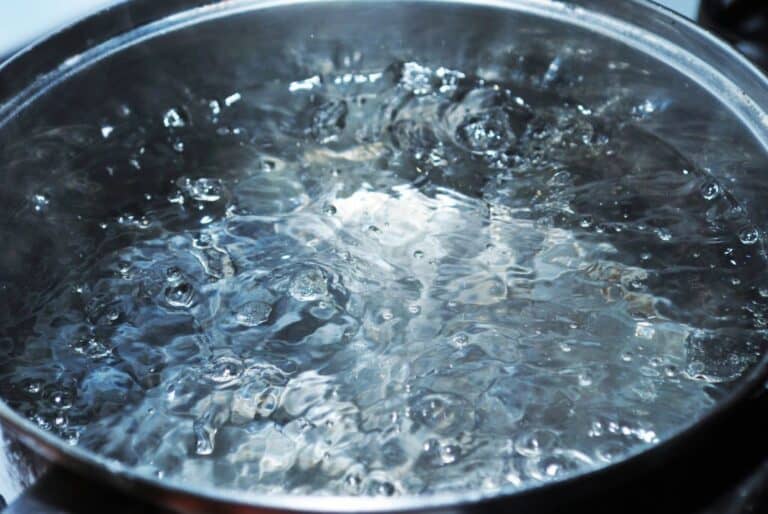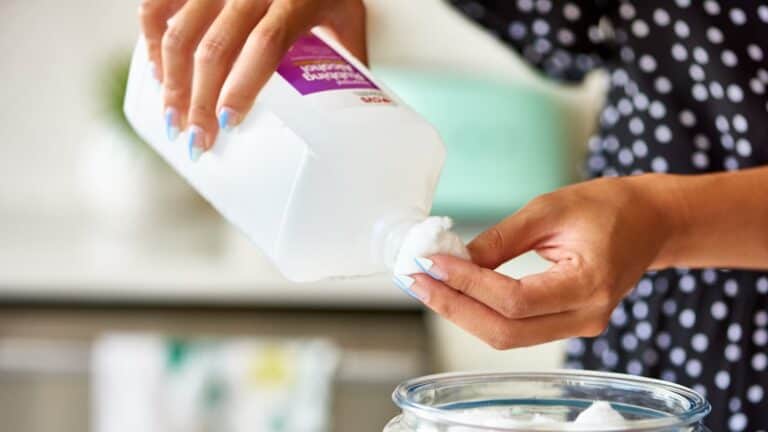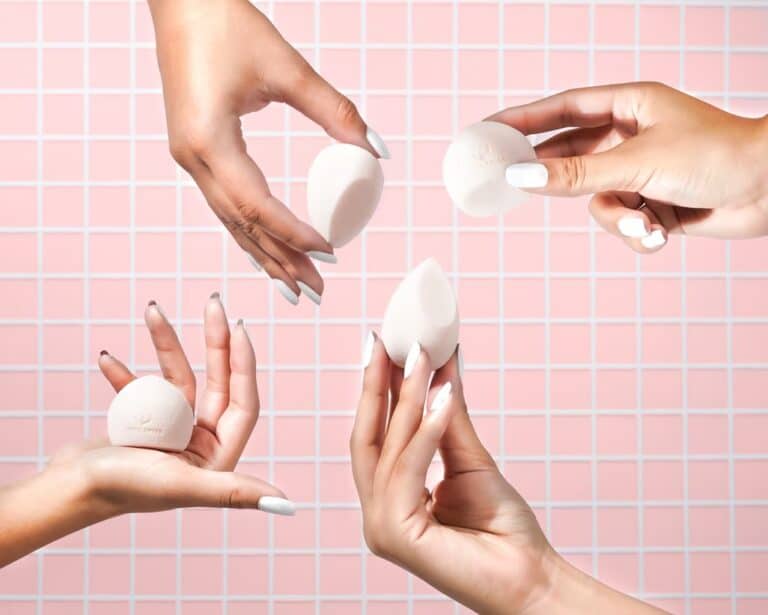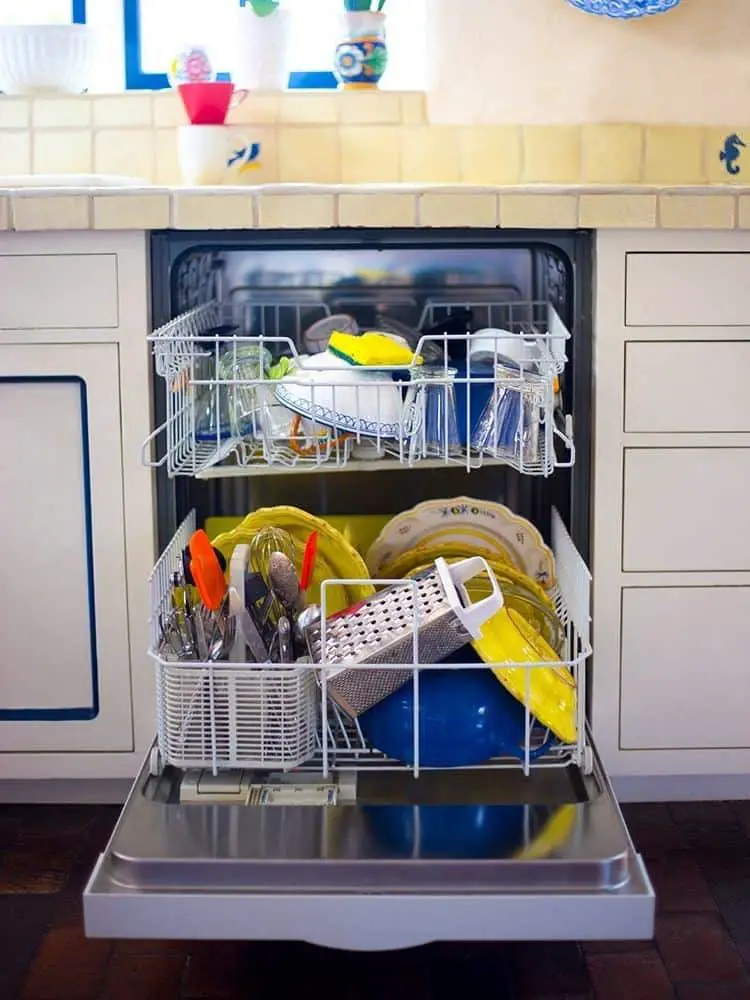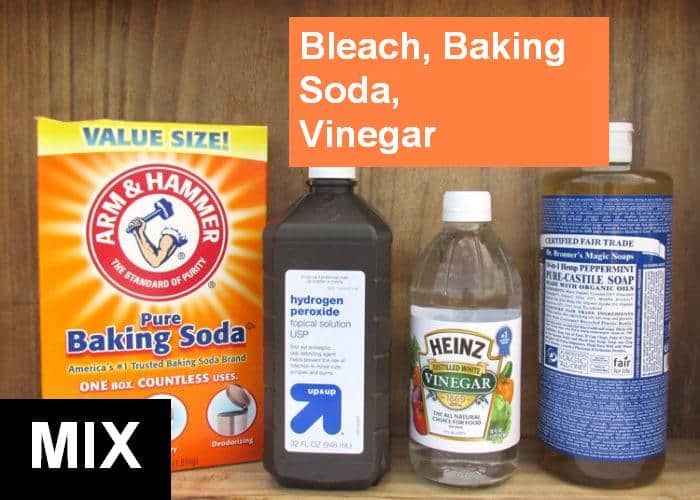What Are Makeup Sponges Made Of? (Material and Component)
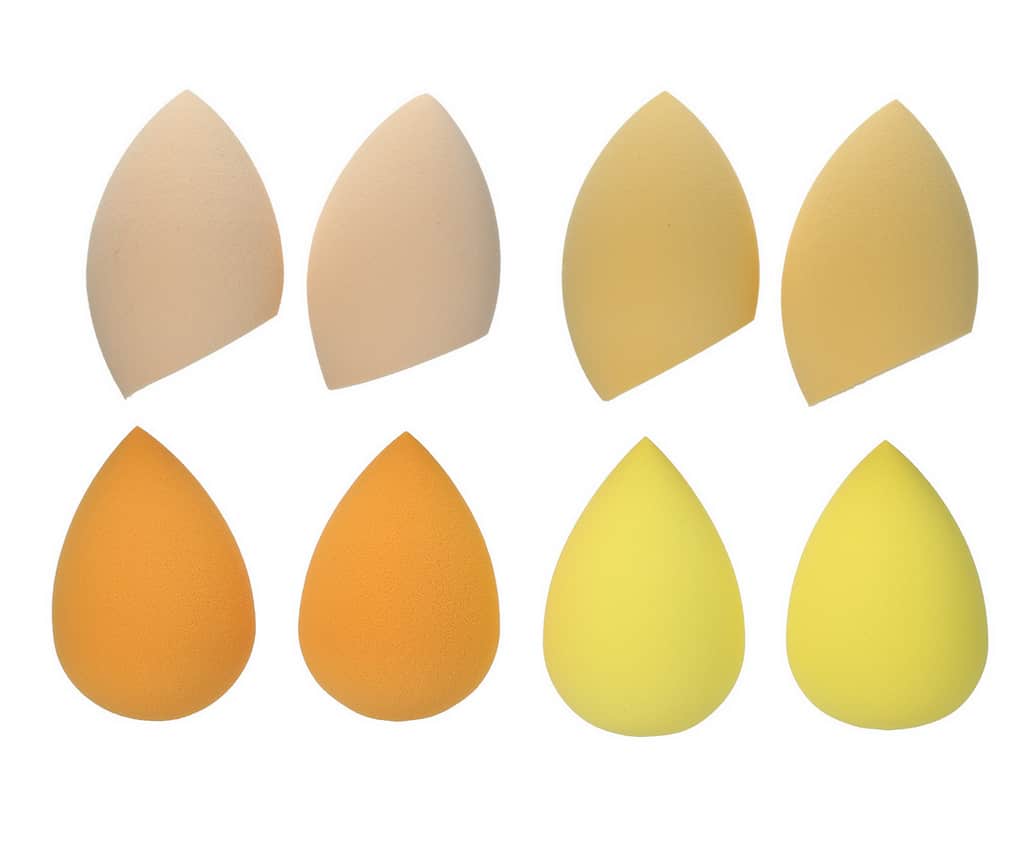
If you’re anything like me, your makeup sponge is one of your most-used beauty tools. And while we all know how to use it for foundation and concealer, there are actually a ton of other ways you can utilize this versatile little tool.
A makeup sponge can be used for a variety of applications, such as blending foundation, setting powder, and even contouring. It provides a natural-looking finish that is often difficult to achieve with a brush.
Makeup sponges are typically white or beige in color and come in a variety of shapes and sizes. Some makeup sponges are flat, while others are slightly rounded. Most makeup sponges have a pointed end that can be used to reach small areas around the eyes and nose.
When it comes to choosing a makeup sponge, the two most important factors to consider are density and material. A dense sponge will help you achieve a full coverage look, while a softer sponge is better for lighter coverage.
As for materials, what are makeup sponges made of? Different kinds of materials are used to make makeup sponges: latex, polyurethane, and hydrophilic foam. Natural makeup sponges made from sea sponges or konjac roots have been gaining popularity in recent years.
In this article, we’ll discuss the main materials and components of material sponges and beauty blenders. In addition to that, we provide tips for choosing the right makeup sponges for your needs.
What Are Makeup Sponges Made From?
Makeup sponges are made of many different materials, but the most popular type is the synthetic makeup sponge. These sponges are made of polyurethane, which is a soft, porous material that is gentle on the skin.
Synthetic makeup sponges are also very absorbent, so they can easily remove excess foundation and powder from the face.
Most wedge sponges are made from a material called hydrophilic foam, which is just a fancy way of saying “made to soak up water.”
Another type of makeup sponge is made from natural substances such as sea sponges or konjac root. These sponges are often softer and more gentle than synthetic sponges, making them ideal for people with sensitive skin.
Natural makeup sponges also tend to be more absorbent than synthetic ones, so they can help to control shine and oiliness throughout the day.
Makeup sponges made from latex are gaining popularity because they’re affordable and easy to find. However, some people prefer silicone sponges because they’re more gentle on the skin.
How to Choose the Right Makup Sponges
When it comes to makeup sponges, there are a few things to consider in order to choose the right one for you.
The first thing to think about is what type of makeup you will be using it for. If you plan on using liquid foundation, then you will want to look for a sponge that is specifically designed for that.
These sponges are usually made from a material that won’t absorb too much product and will help create a smooth, even finish.
Another thing to keep in mind is the shape of the sponge. Makeup sponges come in all sorts of shapes and sizes, so it’s important to find one that will fit well in the areas you want to apply makeup.
Makeup sponges come in a variety of shapes, sizes, and purposes. Therefore, it is important to choose one that will work well with the type of makeup you use.
What Are Beauty Blenders Made From?
There’s no doubt that beauty blenders have taken over the makeup world. These little sponges have revolutionized the way we apply our makeup, giving us a flawless finish every time. .
But have you ever wondered what these little sponges are made from?
It turns out, beauty blenders are made from a variety of materials, including latex, polyurethane, and even silicone. Each material has its own advantages and disadvantages, therefore it is essential to select the appropriate one for your purposes.
Latex beauty blenders are the most popular type on the market. They’re soft and bouncy, making them easy to use and giving you a streak-free finish. However, they can be a bit tricky to clean and they may not be suitable for those with latex allergies.
Should a Beauty Blender Be Soft or Hard?
A soft Beauty Blender is typically made of latex or silicone and is designed to give you a streak-free finish when applying your makeup. However, because it’s made of softer materials, it can be more difficult to control and may absorb more product than a hard Beauty Blender.
On the other hand, a hard Beauty Blender is usually made of foam and is easier to control since it doesn’t absorb as much product.
A beauty blender must constantly be moist to maintain a smooth blend. That’s why you should always “wet, squeeze, and bounce” while using a Beautyblender.
The Beautyblender is hydrophilic, which means it is meant to absorb moisture and excess water. That’s the reason you should dampen your beaty blender prior to using it.
When wet, it becomes too full to also absorb your foundation.
Are Silicone Blenders Better?
Most popular beauty blenders are made of either latex or silicone.
Latex beauty blenders are cheaper, but they absorb more product and can be more difficult to clean. Silicone beauty blenders are more expensive, but they do not absorb as much product and are easier to clean.
Some people prefer latex beauty blenders because they provide more coverage. However, others find that silicone beauty blenders give a more natural look. There is no right or wrong answer when it comes to choosing a beauty blender; it ultimately comes down to personal preference.
How to Choose the Right Beauty Blender for You
Here’s a quick guide to help you choose the perfect beauty blender for your needs:
Size: Beauty blenders come in all different sizes, from mini to jumbo. The size you need will depend on the areas you want to cover and the amount of product you use. If you’re using a lot of products or covering large areas, then a larger beauty blender is a better option. For more targeted applications or smaller areas, go for a smaller size.
Shape: The shape of your beauty blender can make a difference in how you apply your makeup. If you’re looking to create a smooth, airbrushed look, then a flat shape like the Airbrush Blender is best for you. A rounded edge is perfect for blending out under eye concealer. If you have a more defined bone structure, you might consider a pointier edge. The pointed edge allows you to get into the crevices of your nose or where your cheekbones meet your face.
Can You Be Allergic to Makeup Sponge?
If you have sensitive skin, finding the right makeup sponge can be a challenge. You want something that will apply your makeup evenly without irritating your skin.
So, can you be allergic to makeup sponges? Yes, you can be allergic to makeup sponges that contain polyurethane foam.
The symptoms of a polyurethane allergy are similar to those of other allergies, such as hay fever or pet allergies. If you are allergic to that, your symptoms may include itching, redness, and swelling where the foam comes into contact with the skin. In severe cases, an allergy to polyurethane foam can cause difficulty breathing and throat swelling.
If you experience any of these symptoms after coming into contact with polyurethane foam, it’s important to see a doctor or allergist for diagnosis and treatment.
There are a few ways to avoid an allergic reaction to polyurethane foam. Non-allergic makeup sponges are the way to go.
You can: avoid exposure to polyurethane foam products. You may choose synthetic alternatives for any piece containing polyurethane foam.
Next time you’re in the drugstore, pick up a few non-allergic makeup sponges and see for yourself how they make your makeup application process easier and more enjoyable.
Final Thoughts
If you’ve ever wondered what those little sponges that help apply your makeup are made of, wonder no more! Makeup sponges are typically made from one of two materials: polyurethane or latex.
Polyurethane makeup sponges are soft and bouncy, making them ideal for applying foundation and concealer. They’re also less likely to absorb too much product, so you won’t end up wasting any of your expensive makeup.
Latex makeup sponges are a bit firmer than their polyurethane counterparts, and they’re great for contouring and applying powder products.


